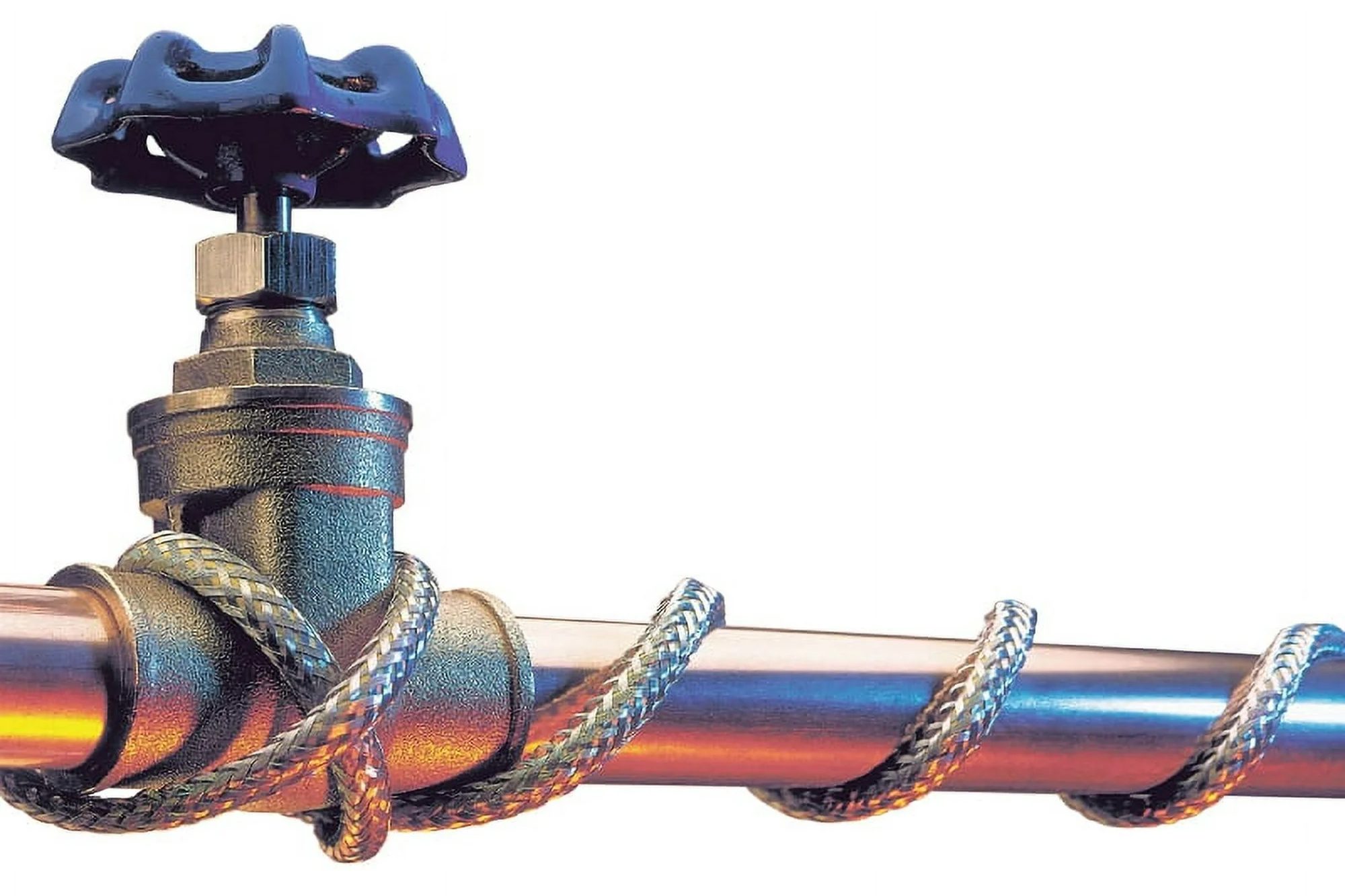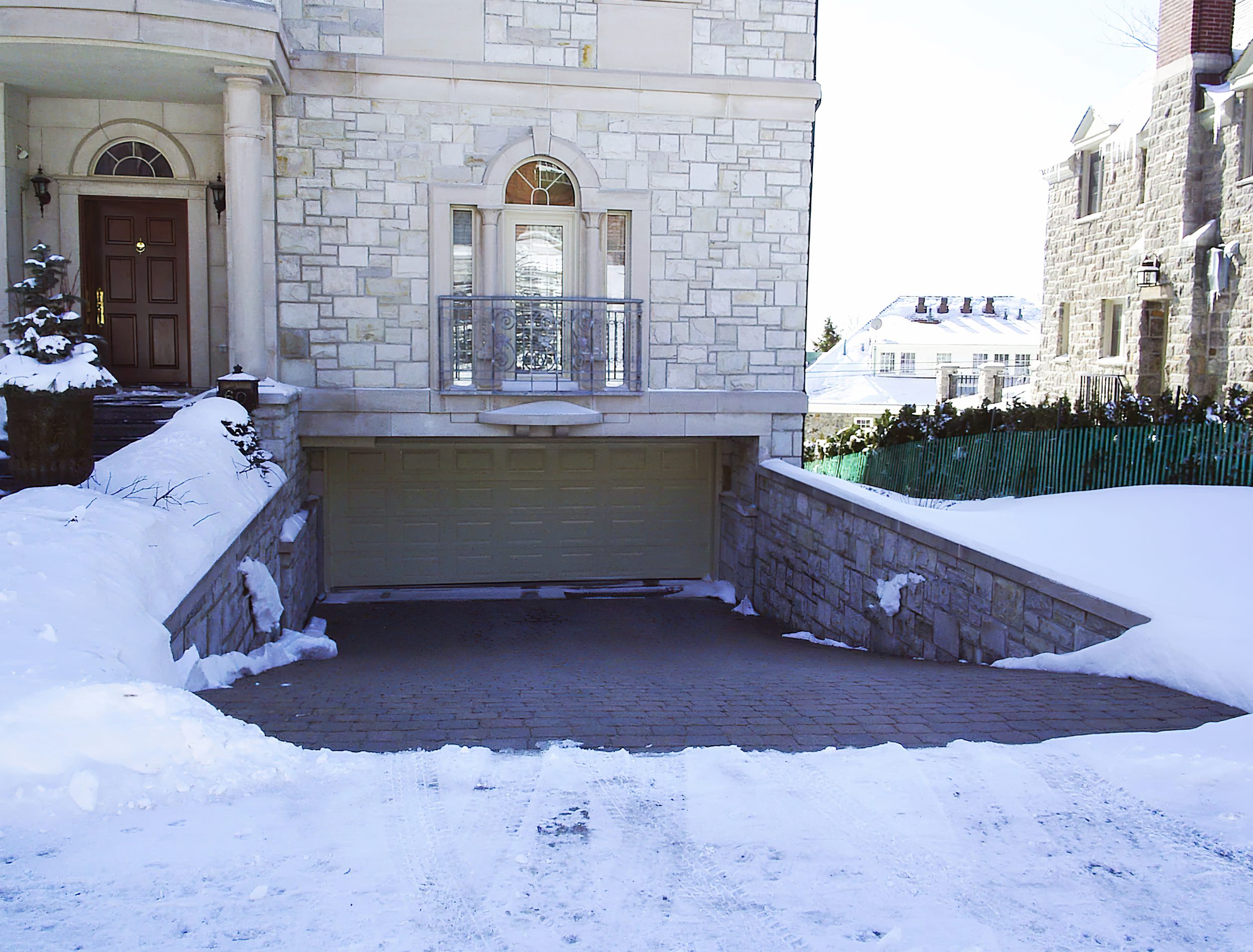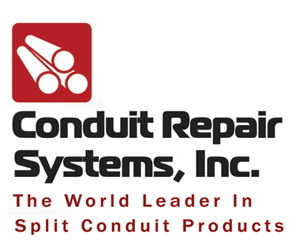Snowmelting with Heating Cables
Heating cables can be installed underneath driveways, sidewalks, or patios to melt off snow or ice. Formed into mats of varying sizes, snow melting systems are embedded underneath the surface, to heat up and eliminate snow as it falls, not allowing it to accumulate. The mats are extremely cost effective and eliminate the expensive, labor-intensive hassles of snow removal, by integrating an optional control that detects air temperature and moisture from falling snow. As with the roof and gutter controls, both conditions, freezing temperature and moisture, must be present concurrently for the system to activate.
For a homeowner, if it snows in the middle of the night, you will wake up to a cleared sidewalk and driveway – unlike your neighbors. Another less obvious advantage is that the mats operation generates no sound. Anyone who has had to listen to a snow blower operating for hours on end can attest to it being a less-than- pleasant experience, and this is a much more efficient and “green” alternative to applying environmentally harmful chemicals or salt.

Businesses benefit further from lower insurance rates and compliance with the Americans With Disabilities Act (sec 3.2.4.3), safer walkways, loading docks, ambulance entries and passenger platforms at train and bus stations, hotels, restaurants, etc.
Even in northern cities like Chicago, the actual amount of time of snow is falling to the ground is less than 30 hours per year. To operate an electric snow melting system, for the average homeowner, that translates to just a few dollars a year, compared to snowplow services that can cost hundreds… or for commercial properties, thousands of dollars per year.
Floor Warming With Heating Cables
Tile floors can feel uncomfortably cold even in warm climates. Under floor heating cables remove the chill with gentle, continuous warmth when used as surface heat to make the floor cozy, or as supplemental heat to help warm an entire room. Depending on the manufacturer, systems can be embedded underneath various surfaces including ceramic, porcelain, terrazzo, glass mosaic, marble, and natural stone and agglomerates, as well as under the engineered wood and LVT flooring. With appropriate waterproofing protection, cables can even be installed in tiled showers or other wet areas, although it is recommended that the homeowner check with their local electrical inspector first to verify that this application is allowed in the jurisdiction.
Not only comfortable, floor-warming systems are safe, energy-efficient and economical. Once embedded under the surface, it’s nearly impossible to damage or cut the cables. Systems are operated by a variety of GFCI equipped, floor-sensing thermostats, ranging from simple non-programmable unit to a one with a color touch screen, wi-fi and google home/Alexa compatibility The thermostats offer precise temperature control, monitoring and regulating of the floor temperature to provide the optimal warmth. And cost is minimal: at 12 watts per square foot, a 30-sq.-ft. mat draws the equivalent of an electric blanket. Plus, it is estimated that adding floor warming throughout a home can increase its resale value by as much as four percent.
Modern floor warming systems are manufactured as either “free form” cables that provide maximum design versatility, or in “fixed” shape or custom shaped mats for labor savings in standard shaped rooms.

Free form cables are loose, so they can be turned and positioned in any pattern to fit areas with curves, angles or obstacles. Cable spacing is easy when installed with the provided plastic strapping directly onto the subfloor, or using an uncoupling membrane designed for use with a heating cable, embedded in thin-set or self-leveling underlayment. Cable systems are ideal for projects involving individual rooms of varying size or shape.
Standard sized mats feature heating cables interwoven into either a mesh backing that is suited for fast installation in standard rectangular areas, or custom mats where heating cable sandwiched between layers of fabric in standard or custom shapes. These lend themselves to expansive rooms or multi-unit applications, where a true labor savings can be realized. Self-Adhesive Mat floor warming systems are easy to install and commercially available in standard sizes, with a self-adhesive backing to help reduce installation time and labor. The mats can be placed on the substrate and will stay put while the mat is embedded in thin-set or self-leveling underlayment. The fabric mats are unique, in that they allow the tile installer to complete his install in a single day, and at less than 3/16 inch thick, there is virtually no floor height buildup, significantly reducing retrofit costs of door or trim modifications.
Ty’nya Larry, is Product Marketing Manager for Emerson, and has been with Emerson for 4 years. She has responsibility for all EasyHeat branded products, which includes heating cables and thermostats.





